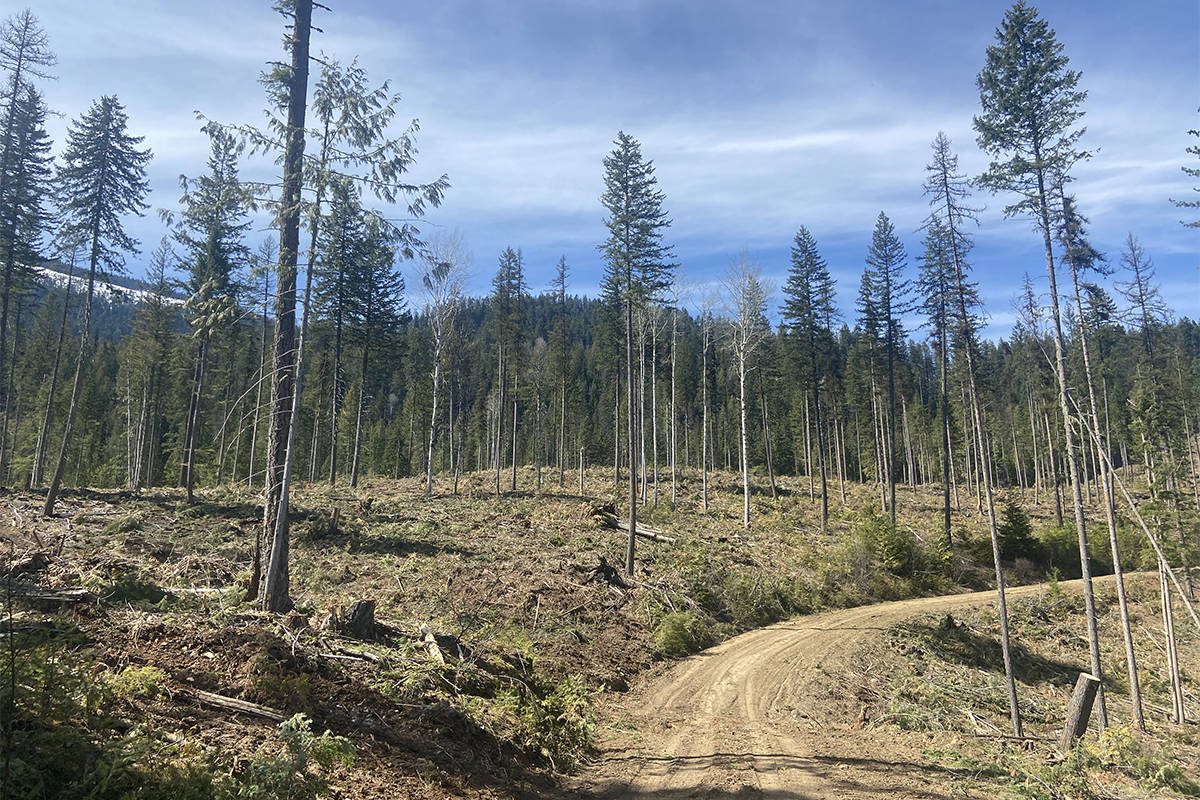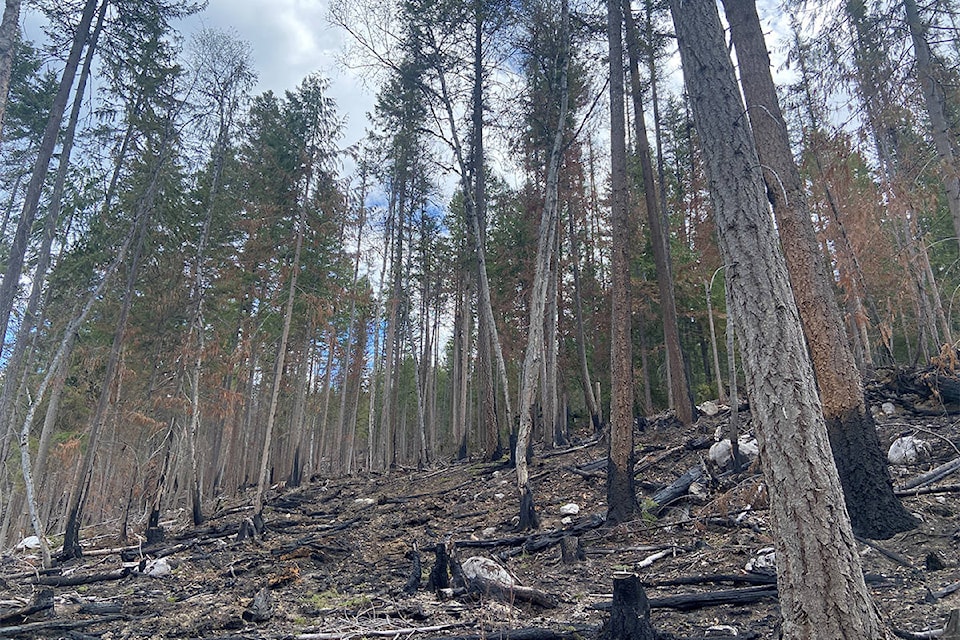Submitted by Forest Enhancement Society of BC
Mercer Celgar is using $3 million in funding from the Forest Enhancement Society of BC (FESBC) to increase fibre utilization in the Kootenay Boundary and reduce greenhouse emissions.
The funding facilitates the recovery of fibre that would otherwise be burned on site, resulting in less burning which avoids the immediate release of carbon into the atmosphere.
Across the company’s operational area, significant volumes of usable fibre have continued to be burned as a result of the harvesting activities by forest licensees or from wildfire risk reduction projects near communities or in parks. Meanwhile, Mercer Celgar has been exploring many ways to have their fibre supply increased by improving utilization of non-sawlog fibre to their pulp mill in Castlegar.
“The FESBC funding has provided the economic support required for logging contractors to innovate new methods of increasing utilization of fibre from the areas they were harvesting,” said Gord Pratt, Operations Manager, FESBC. “For this project to be successful it took many partners to adjust their operations and policies to allow fibre to make its way to the pulp mill.”
Pratt said these adjustments included how logs were loaded onto the logging trucks and the support of residents to allow logging trucks to use roads on private land to recover fibre from a wildfire risk reduction treatment in the neighbouring West Arm Park near Nelson. If not recovered, this fibre would have been burned on site.
“Mercer Celgar’s program with FESBC has strongly influenced the company’s decision to proceed with the woodroom modernization announced last week that incorporates full forest utilization and sustainable resource management as a key requirement of the project,” said Celgar’s fibre procurement manager Stan Hadikin.
Utilization can minimize the overall residual fibre on site by factors of 10 to 90 per cent. This project involves working with forest operators to increase the use of wood fibre and support the transportation of up to 200,000 cubic metres (one cubic metre is about the size of a telephone pole) of residual fibre for use at Mercer Celgar facilities.
newsroom@castlegarnews.com
Like us on Facebook and follow us on Twitter

